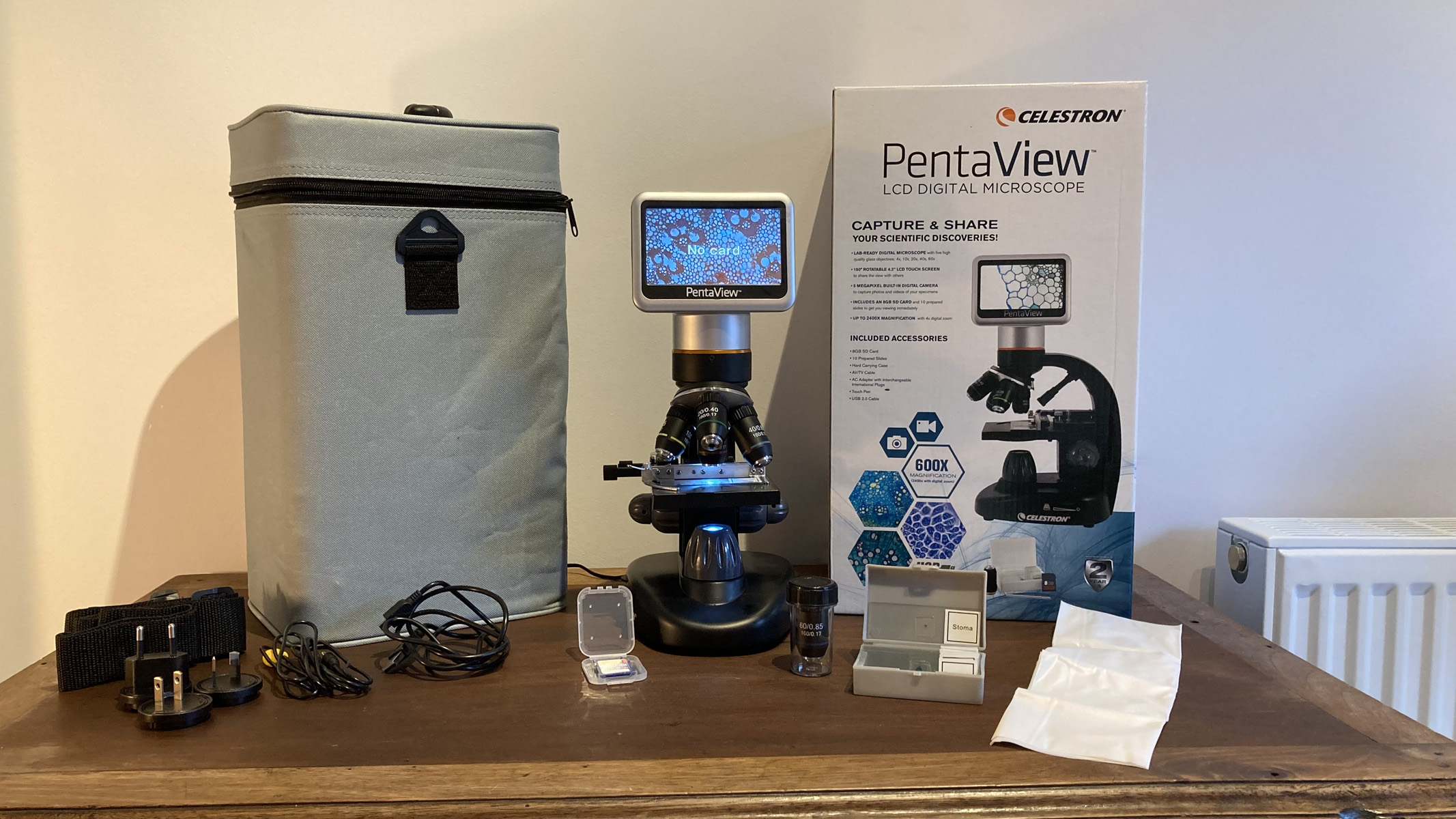Minerals, Vol. 14, Pages 1135: High-Resolution Reconstruction of Oxidation–Reduction Conditions: Raman Spectroscopy and μ-XRF Analysis of Manganese Nodule and Crust on Tabletop of Western Pacific Magellan Seamounts
Minerals doi: 10.3390/min14111135
Authors: Jinsub Park Huijeong Hwang Hyeonho An Kiho Yang
Ferromanganese (Fe-Mn) deposits are widely used in paleoenvironmental reconstructions owing to their mineralogical and geochemical properties. We analyzed Fe-Mn deposits using micro-X-ray fluorescence and Raman spectroscopy to study the paleo-ocean environment. Samples were collected from the OSM-XX seamount in the western Pacific. The Fe-Mn crust was divided into three parts: phosphatized, massive non-phosphatized, and porous non-phosphatized. Vernadite was identified in all layers. Furthermore, in the nodule, high values of Mn, Ni, and Cu were observed near the nucleus, with vernadite and todorokite, and these values decreased outward. A high Mn/Fe ratio near the nucleus indicates early diagenetic processes. Formation of Fe-Mn nodules began around 19–16 Ma, and this period corresponded to a minor phosphatization event and persistent reducing conditions. From 11–10 Ma, the Mn/Fe and Co/Mn ratios decreased due to the formation of a western Pacific warm pool during this period. Subsequently, with the opening of the Indonesian seaway and global cooling, the Mn/Fe and Co/Mn ratios in the Fe-Mn deposits increased again. The comparative analysis of variations in Mn/Fe ratio and vernadite crystallinity in the Fe-Mn deposits confirmed that it is possible to reconstruct paleo-productivity and redox condition changes in the western Pacific Magellan Seamount.

 1 month ago
20
1 month ago
20


